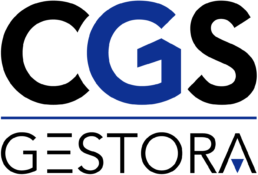Contents:


Businesses can even develop cost management strategies to improve efficiencies. The contribution margin’s importance lies in the fact that it represents the amount of revenue required to cover a business’ fixed costs and contribute to its profit. Through the contribution margin calculation, a business can determine the break-even point and where it can begin earning a profit. But you can make yours as accurate and useful as possible by working with real-time data. Refer to your company’s financial records for historic sales and expense figures most likely to represent what you can expect going forward. These fixed expenses are just that – set costs that must be met, regardless of the state of your bank account.
- Basically, a business will want to use a break-even analysis anytime it considers adding costs.
- Future financial predictions help your company to make key decisions such as whether to hire more staff, open a new branch, or expand to a new market.
- Profit break-even chart, which shows the break-even point in terms of profit rather than total revenue, is useful for analyzing the impact of changes in fixed costs on the break-even point.
- The cash flow break-even point is a critical tool for businesses who are looking to increase their profit and make strategic decisions based off of their financials.
- Break-even analysis tells you how many units of a product must be sold to cover the fixed and variable costs of production.
The formula takes into account both fixed and variable costs relative to unit price and profit. Fixed costs are those that remain the same no matter how much product or service is sold. Examples of fixed costs include facility rent or mortgage, equipment costs, salaries, interest paid on capital, property taxes and insurance premiums.
What is Cash Flow?
The cash flow break-even point can also be expressed as a percentage of the total cash outflow. Negative cash flows happen when the company has more money flowing out than flowing in. Planning for the future, assessing future performance, predicting future goal accomplishments, and identifying cash shortages are the uses of a cash flow forecast. Positive cash flow occurs when the company has more money flowing in than flowing out. Then we drew a line indicating that variable costs are £500 per unit.
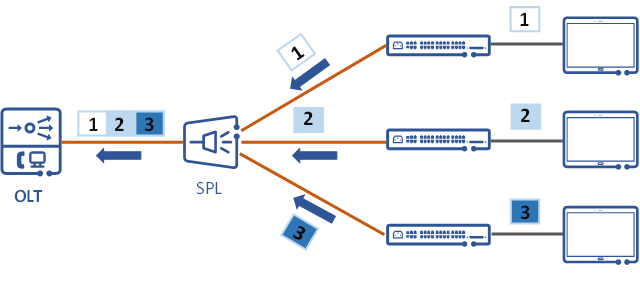
The most important thing to remember is that break-even analysis does not consider market demand. Knowing that you need to sell 500 units to break even does not tell you if or when you can sell those 500 units. Don’t let your passion for the business idea or new product cause you to lose sight of that basic truth. You may have an idea that spurs you to open a business or launch a new product on little more than a hope and a dream.
Learn How NetSuite Can Streamline Your Business
It shows revenues and costs at different levels of production and allows us to see the interdependence between fixed, variable, and total costs, as well as revenue and quantity of units. However, it starts at the intersection point of the axis indicating costs and line indicating fixed costs. Also, by understanding the contribution margin, businesses can make informed decisions about the pricing of their products and their levels of production.
- Through the contribution margin calculation, a business can determine the break-even point and where it can begin earning a profit.
- Because it is very useful if you want to know how much money you spend on marketing, administration issues or even on eating-out or the coffee that you order every morning on your way to work.
- And since the collection of receivables tends to lag well behind customer sales, it’s easy to see why many business owners struggle to juggle their cash flow.
- If your prices aren’t high enough to cover your operating costs, your business will never break even, let alone turn a profit.
- Business owners shouldn’t confuse cash flow itself with budgeting, though.
However, debt can also provide a tax shield benefit that reduces the effective tax rate and increases the after-tax cash flow. Additionally, the higher the tax rate, the higher the break-even point and the lower the profit margin. Nevertheless, tax can also affect the break-even point indirectly through the tax shield effect of interest expenses. Break-even analysis is useful in determining the level of production or a targeted desired sales mix. The study is for a company’s management’s use only, as the metric and calculations are not used by external parties, such as investors, regulators, or financial institutions. This type of analysis involves a calculation of the break-even point .
Step 2: Draw a line indicating fixed costs
Knowing your break even point can help you price your products or services smartly. There are many factors that go into pricing, but you have to know your baseline. The break-even point, or break-even point analysis, is a technique used to determine at what point a business begins to make a profit. Break-even analysis is used to identify the volume of sales needed to cover all the costs of a business venture. ___ are predictions of a business’s net cash flow over a future period.
Fox, Warner Bros Discovery And Comcast Stocks Dip After Major News Breaks About Tucker Carlson, Don Lemon And Jeff Shell – Deadline
Fox, Warner Bros Discovery And Comcast Stocks Dip After Major News Breaks About Tucker Carlson, Don Lemon And Jeff Shell.
Posted: Mon, 24 Apr 2023 18:51:00 GMT [source]
The main objective of cash flow forecasts is to ensure businesses have enough operating capital and get prepared for future cash shortages. The main objective of cash flow forecasts is to ensure businesses have enough operating capital and are prepared for future cash shortages. As you might already know, break-even is a level of output at which revenues from sales equal total costs. It is the number of units a firm has to produce and sell to recover its total costs. To conduct the break-even analysis, we can either use a formula or a chart. Break-even analysis looks at the level of fixed costs relative to the profit earned by each additional unit produced and sold.
Gross income shall not be diminished as a result of the Security Instruments or the creation of any intervening estate or interest in a Property or any part thereof. A break even analysis can help you make smarter business decisions, especially when combined with a cash flow forecast. The cash flow break-even point for multiple periods is the point at which the total cash flow from all periods is equal to the total cash outflow for all periods. This can be calculated by summing the cash flow for all periods and then subtracting the total cash outflow for all periods.
We also reference original research from other reputable publishers where appropriate. You can learn more about the standards we follow in producing accurate, unbiased content in oureditorial policy. The calculation is useful when trading in or creating a strategy to buy options or a fixed-income security product. Stephens suggests using a break-even analysis to get a reality check on how long it will take any planned investments or changes in your business to become profitable.
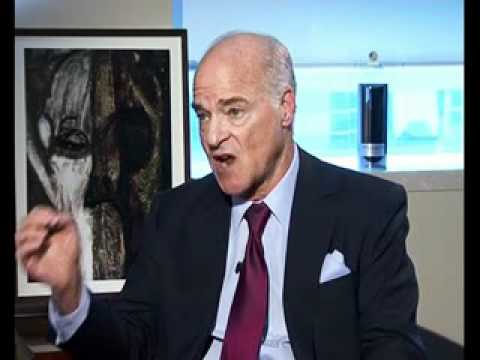
In economy, a break-even point is the sales amount that we need to cover both variable and fixed costs that we incur within our businesses. This is essential if we want to know how many products/services we have to sell to cover those expenses. The level of cash flow can vary from month to month, with some months looking very positive and optimistic. Break-even cash flow occurs once the business always has just enough cash on hand from income to cover all expenses, including taxes, benefit payments and all other possible costs. Break even point calculations often play an essential role in creating cash flow forecasts.
Start learning with StudySmarter, the only learning app you need.
You didn’t make or lose any money if you hit the break even point. Instead, you have enough money to pay the bills and keep operations going. When trying to determine the point of breaking even, it’s essential to have an analysis performed to understand a business’s financial health.
Depending on its value, the line can be lower or higher on the chart. In Table 2, where the purchase is financed, the amount of interest paid on the loan is included as an expense, along with depreciation, because interest is the cost of borrowing money. However, principal payments are not an expense but merely a cash transfer between you and your lender. The sales of crops and livestock are usually both income and cash inflows.
Protagonist (your startup) vs. antagonist (the empire): Tell investors how you will win – WRAL TechWire
Protagonist (your startup) vs. antagonist (the empire): Tell investors how you will win.
Posted: Mon, 24 Apr 2023 17:38:02 GMT [source]
To perform a cash flow break-even analysis, you need to identify your fixed and variable costs. Fixed costs are those that do not change with the level of sales, such as rent, salaries, depreciation, and interest. Variable costs, on the other hand, vary with the level of sales, such as materials, labor, and commissions. You must then calculate your contribution margin, which is the difference between your sales price and your variable cost per unit. This amount contributes to covering your fixed costs and generating profit.
And since the collection of receivables tends to lag well behind customer sales, it’s easy to see why many business owners struggle to juggle their cash flow. A flow of cash that hasn’t yet reached the break-even point can result in the business failing even if the business is technically profitable. This means the company must start off with money already in its accounts to cover costs if money from its sales or services isn’t coming in immediately. By following the strategies outlined above, businesses can ensure cash flow remains positive and the cash flow break-even point is avoided.
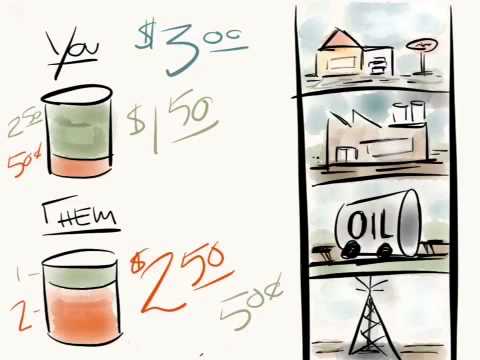
For example, you may have large customers who expect a 60-day period to pay invoices, and you may have cash customers who pay on delivery. Determine the average of all your current customers’ payment periods. Assume that your current customers are indicative of your customers for the coming year and that you can expect a similar delay in payment on average. Take into account the cash reserves that are available as this can help determine how many products/services need to be sold in order to break even. In other words, it’s the point at which your business’s revenue is equal to its operating costs. Your business is generating enough sales to cover the cost of being in business.
profit and loss statement owners shouldn’t confuse cash flow itself with budgeting, though. A budget might set aside a certain amount of money for one item, but the actual amount spent could be different, resulting in a different cash flow amount. The cash flow break-even point for a company is the level of sales that is equal to the fixed and variable expenses. Variable expenses are costs that will increase or decrease based on sales, such as manufacturing labor or sales commissions. Fixed expenses are costs that stay the same regardless of production or sales volume, such as rent. Without enough cash, companies cannot pay for their daily operations, possibly ending in business failure.
